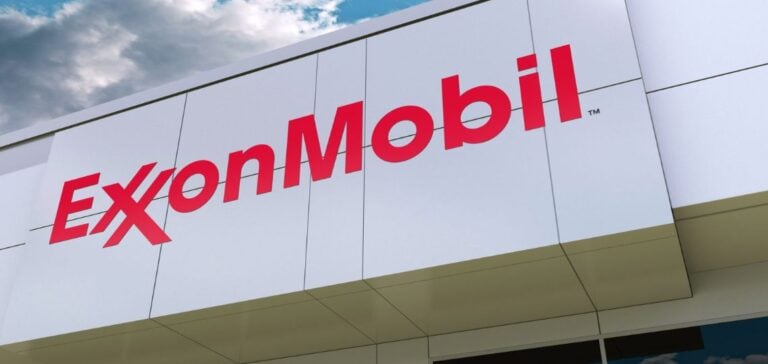Strategic partnership for energy transition
Exxon Mobil Corporation (ExxonMobil) and L’Air Liquide Société Anonyme pour l’Étude et l’Exploitation des Procédés George Claude (Air Liquide) have announced their partnership to develop low-carbon hydrogen production in Baytown, Texas. This agreement is part of both companies’ efforts to meet the growing demand for clean energy and reduce their carbon footprint.
The partnership calls for Air Liquide to build and operate four modular air separation units, supplying the Texas plant with 9,000 metric tons of oxygen and around 6,500 metric tons of nitrogen per day. This infrastructure will enable ExxonMobil to produce one billion cubic feet of low-carbon hydrogen per day and over one million tonnes of ammonia per year. ExxonMobil is multiplying its partnerships to accelerate decarbonization, such as the collaboration with MHI.
Pipeline network expansion and market outlook
The low-carbon hydrogen will be transported via Air Liquide’s existing pipeline network, facilitating the growth of the clean hydrogen market. This strategic initiative aims to stimulate the hydrogen economy in the United States, while strengthening the position of both companies in the sustainable energy sector.
The integration of these new infrastructures also helps to reduce CO2 emissions, while meeting the growing demand from industry for more environmentally-friendly energy solutions. The air separation units, which are crucial to this process, demonstrate Air Liquide’s commitment to innovation and sustainability.
Impact on the energy sector and future prospects
The collaboration between ExxonMobil and Air Liquide marks a significant step forward in the energy transition, with a focus on emission reduction technologies. Low-carbon hydrogen, seen as a key solution for decarbonizing various industrial sectors, could play a central role in achieving global climate goals.
This project could also serve as a model for other similar initiatives around the world, underlining the importance of strategic partnerships in accelerating the transition to a low-carbon economy. Both companies hope that this collaboration will encourage other industry players to invest in sustainable technologies.
The partnership between ExxonMobil and Air Liquide to produce low-carbon hydrogen at Baytown is a major step forward for the energy sector. By combining their expertise and infrastructures, these two industrial giants are paving the way for a cleaner, more sustainable hydrogen economy of the future.






















